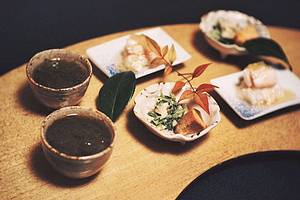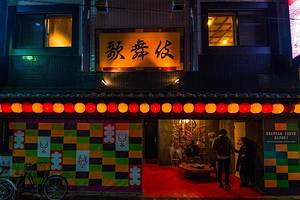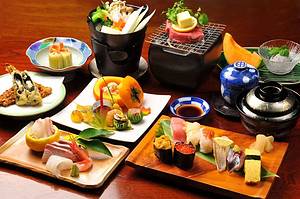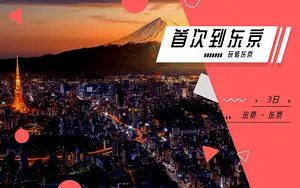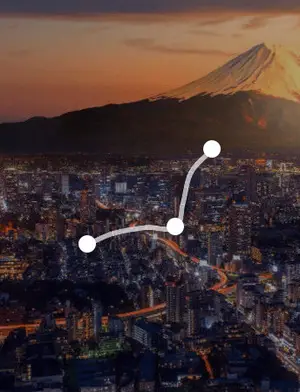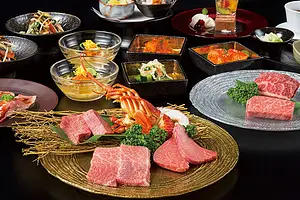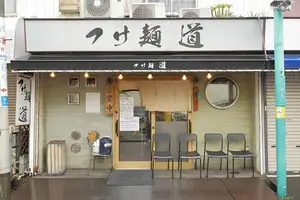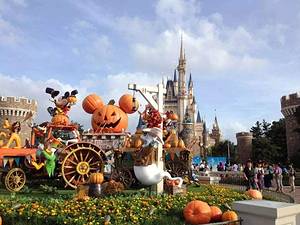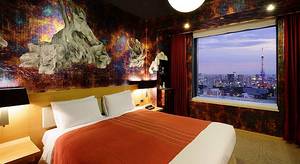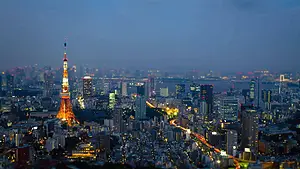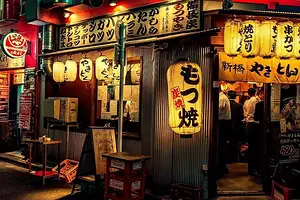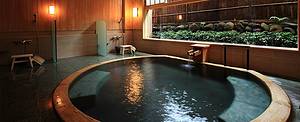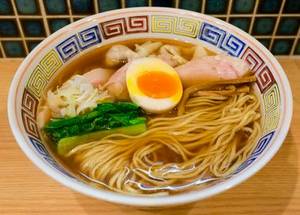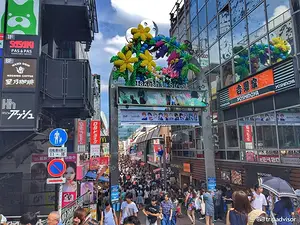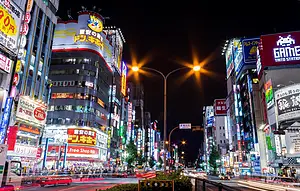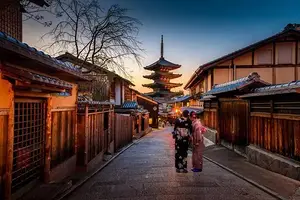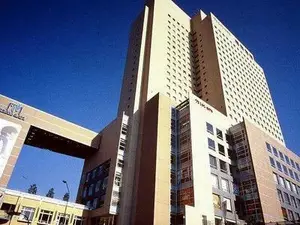Sensōji, A historic symbol of Tokyo, bustling with culture
2-3-1 Asakusa, Taito-ku, Tokyo
4.1
Introduction
Sensoji Temple is the oldest temple in Tokyo, built in 628. According to legend, a fisherman discovered a golden statue of the goddess Kannon and built a tower to enshrine it in the same spot. Later, it was expanded into its current size. During the Edo period, Tokugawa Ieyasu ordered the rebuilding of Sensoji Temple, which gradually became a cultural center.
Climbing the gate with a giant lantern, the Kaminarimon gate, is one of the symbols of Asakusa and even Japan. In the middle of the gate are statues of the gods of thunder and wind, and its formal name is "Furaijin Gate."
Through the shopping street, you can see the main hall, which gradually became prosperous because Ieyasu designated it as a place of prayer for the shogunate. In the northeastern corner of Sensoji Temple, there is also Asakusa Shrine, which was built in the Heian period and has an elegant and beautiful architectural style.
Every May, Sensoji Temple holds the Sanja Festival, one of the three major festivals in Edo, which is the grandest event in Asakusa. This festival originated in the Edo period and fully displays the traditional culture and human emotions of the time. In the activity of carrying the shrine, several dozen people dress up in the style of the old-fashioned and gather from various directions to Sensoji Temple, creating a lively atmosphere. Address 2-3-1 Asakusa, Taito-ku, Tokyo
Opening hours From April to September, 6:00-17:00
from October to March of the following year, 6:00-18:30.
Transportation Ginza line/Asakusa line to Asakusa station.
 Two dolls eat well
Two dolls eat well